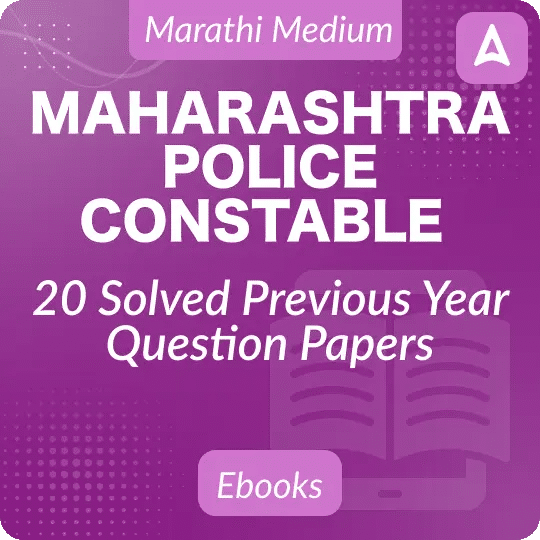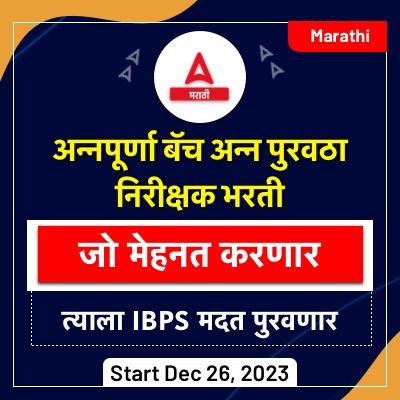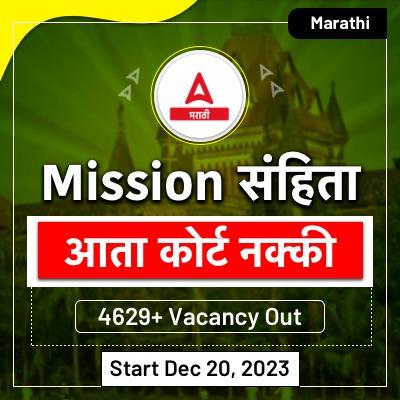Indian Migrants in Gulf Countries
A total of 49 deaths have been reported and at least 50 people have been injured in a fire accident in a six-storey building in Kuwait. Among the deceased, 42 were reportedly Indians and 24 of them were from Kerala.
What are the problems and challenges Faced by Indian Migrants Living in Gulf Countries?
- Unethical Recruitment Practices: Deceptive recruitment agents can exploit migrants with false promises, charging exorbitant fees and confiscating passports.
- Kafala system: The sponsorship system in some Gulf countries ties migrant workers to their employers, making it difficult for them to change jobs or leave the country without the employer’s permission
- Poor Work & Living Conditions: The majority of these migrants work in the unorganised sector, such as construction sites and factories, where they often face
- dangerous working condition like overcrowded and unsanitary, delayed payment of wages etc.
- Limited Labour Rights: Migrant workers often have limited access to legal support and may not be fully protected by labor laws in the host countries.
- Invisibilization of Workers: The lack of clarity and uniformity in the data available from different agencies highlights the grave invisibilization of migrants, especially those in low-skill, low-paying jobs.
- Limited Social Mobility: Restrictions on changing jobs or obtaining permanent residency can limit opportunities for advancement.
What measures are required to address the above problems?
- Government Regulation: Stronger government regulation of recruitment agencies to prevent exploitation and ensure transparency in contracts.
- Pre-departure Training: Training programs for migrants on their rights, work culture, and safety procedures in the host country.
- Strengthening Bilateral Agreements: Developing comprehensive agreements that protect the rights of migrant workers.
- Providing Support Services: Enhancing access to healthcare, legal aid, and social services for migrant workers.
- Improve data collection and sharing: Establish a comprehensive and standardized system for collecting and sharing data on migrant workers between origin and destination countries, ensuring transparency and accuracy.
- Collaborate with relevant stakeholders: Encourage cooperation among governments, embassies, NGOs, and international organizations to gather and analyze data on migrant workers’ health, working conditions, and other relevant factors.
- Digital Platforms: Developing digital platforms for migrants to register complaints and access support services.
Can you answer the following question?
India is a major source country for migrant workers in West Asia. While these migrants contribute significantly to the Indian economy through remittances, they also face various challenges. Discuss the key issues faced by Indian migrants in West Asia and suggest measures that can be taken to improve their working and living conditions.
Twenty-Five Years of Kargil War
Recently, Indian Army commenced a Pan-India Motorcycle Expedition to pay tribute to heroes of Kargil War.
What was Kargil War?
- The Kargil War, fought between India and Pakistan in 1999, was a brief but intense conflict centered around the Kargil sector of Kashmir, along the Line of Control (LoC).
- LoC which serves as the de facto border between the two countries in the disputed region of Kashmir.
- Pakistani Infiltration: Pakistani troops and Kashmiri militants infiltrated the Indian side of the LoC, occupying strategic positions that threatened a key highway.
- Indian Response: India launched a military operation, “Operation Vijay,” to recapture the occupied territory. The war involved heavy fighting in high-altitude, mountainous terrain.
- Air Force Role: The Indian Air Force played a crucial role in dislodging Pakistani forces, despite initial limitations due to concerns about escalating the conflict.
- Outcome: India recaptured most of the occupied territory, and Pakistan eventually withdrew its forces under international pressure. The war ended in July 1999.
- Committee Formation: The Kargil Review Committee was set up to analyze the lapses that led to the war.
What were the key highlights of Kargil Review Committee?
- The Committee concluded that the Pakistani intrusion came as a complete surprise to Indian intelligence agencies, highlighting a critical lapse
- The report pointed out a lack of coordination between various security agencies, hindering effective response.
- The KRC identified a culture of complacency within the political, bureaucratic, and military establishments during peacetime, leading to inadequate preparedness.
- The report suggested the establishment of a Chief of Defence Staff (CDS) to ensure better coordination among the three services (Army, Navy, and Air Force)
- The committee recommended enhancing border security through better infrastructure, surveillance, and intelligence gathering along the Line of Control (LOC).
What was the consequence of the war?
- Political Ramifications: The conflict had political repercussions in both countries.
- In Pakistan, it led to increased tensions between the civilian government and the military establishment.
- High-Altitude Warfare Preparedness: The war underscored the importance of specialized training and equipment for high-altitude warfare. The Indian Army focused on better acclimatization procedures and high-altitude gear for soldiers.
- Intelligence & surveillance: The conflict highlighted the need for improved intelligence and surveillance capabilities. India invested in satellite reconnaissance, unmanned aerial vehicles (UAVs), and advanced radar systems.
- Inter-Agency Coordination: The war highlighted the need for better coordination between different branches of the military and intelligence agencies.
- Diplomatic Relations: The conflict strained Indo-Pakistani relations further, but it also underscored the need for diplomatic engagement to resolve disputes.
- The importance of diplomatic channels and international support in conflict resolution was reinforced. India’s diplomatic efforts during and after the conflict helped gain international backing
- Nuclear Deterrence: The war took place a year after both India and Pakistan conducted nuclear tests. It emphasized the importance of nuclear deterrence and the risks of escalation in a nuclear-armed region.
- Defense Procurement: The war highlighted the delays and deficiencies in defense procurement processes. Reforms were initiated to streamline procurement and ensure timely availability of critical equipment.
Can you answer the following question?
With 25 years after the Kargil War, critically examine the enduring significance of the conflict for India’s national security. Analyze the key issues highlighted by the Kargil Review Committee and assess the progress made in addressing them.
| अड्डापिडीया चालू घडामोडी PDF डाउनलोड लिंक – 13 जून 2024 | ||
| भाषा | अड्डापिडीया महाराष्ट्र चालू घडामोडी | अड्डापिडीया राष्ट्रीय आणि आंतरराष्ट्रीय चालू घडामोडी |
| इंग्लिश PDF | येथे क्लिक करा | येथे क्लिक करा |
| मराठी PDF | येथे क्लिक करा | येथे क्लिक करा |
मासिक चालू घडामोडींवर महत्त्वपूर्ण वनलायनर प्रश्न-उत्तरे PDF – मे 2024
महाराष्ट्रातील सर्व स्पर्धा परीक्षांसाठी ऑनलाईन क्लास, व्हिडिओ कोर्स, टेस्ट सिरीज, पुस्तके आणि इतर अभ्यास साहित्य खाली दिलेल्या लिंक वर क्लिक करून मिळावा.
अड्डा 247 मराठीचे युट्युब चॅनल
अड्डा 247 मराठी अँप | अड्डा 247 मराठी टेलिग्राम ग्रुप
महाराष्ट्र महापॅक











